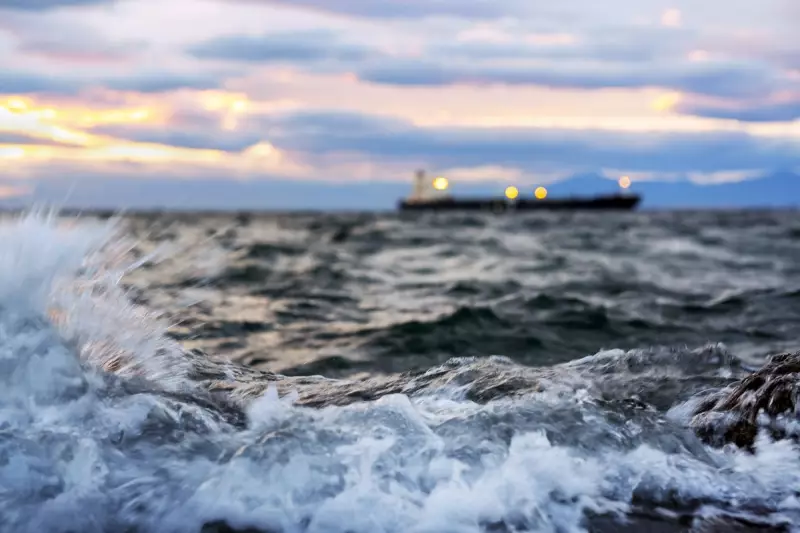
In a remarkable feat of marine science, researchers have successfully extracted the deepest ocean sediment samples ever obtained, plunging to unprecedented depths within the infamous Japan Trench. This groundbreaking achievement promises to unlock long-held secrets about the powerful seismic forces that shape our planet.
The international team, led by Professor Michael Strasser from the University of Innsbruck, reached a staggering depth of 8,023 metres below sea level. Their mission targeted the geological heart of a region known for generating catastrophic earthquakes and tsunamis.
A Window Into Mega-Earthquakes
The newly acquired sediment cores act as a geological time capsule, preserving a detailed record of past seismic events. Scientists believe analysing these samples will provide critical insights into the frequency and intensity of historical mega-earthquakes, including the devastating 2011 Tohoku quake that triggered a massive tsunami and the Fukushima nuclear disaster.
'This is like reading the diary of the Earth,' explained Professor Strasser. 'The layers of sediment hold precise information about how often these enormous earthquakes occur, which is vital for future risk assessment and preparedness.'
Technological Marvel in the Deep
The expedition deployed the advanced Kaimei research vessel and a giant piston corer, a specialised piece of equipment capable of operating under extreme pressure. The success at such profound depths marks a significant technological triumph for deep-sea research, pushing the boundaries of what scientists can explore.
The research, a collaboration between Austrian and Japanese institutions, forms part of the larger Japan Trench Paleoseismology project. Its findings are expected to have far-reaching implications, not just for Japan but for all Pacific Rim nations situated along the seismically active 'Ring of Fire'.
This discovery underscores the importance of continued investment in oceanographic research, proving that the deepest, darkest parts of our oceans still have profound lessons to teach us about life on the surface.





